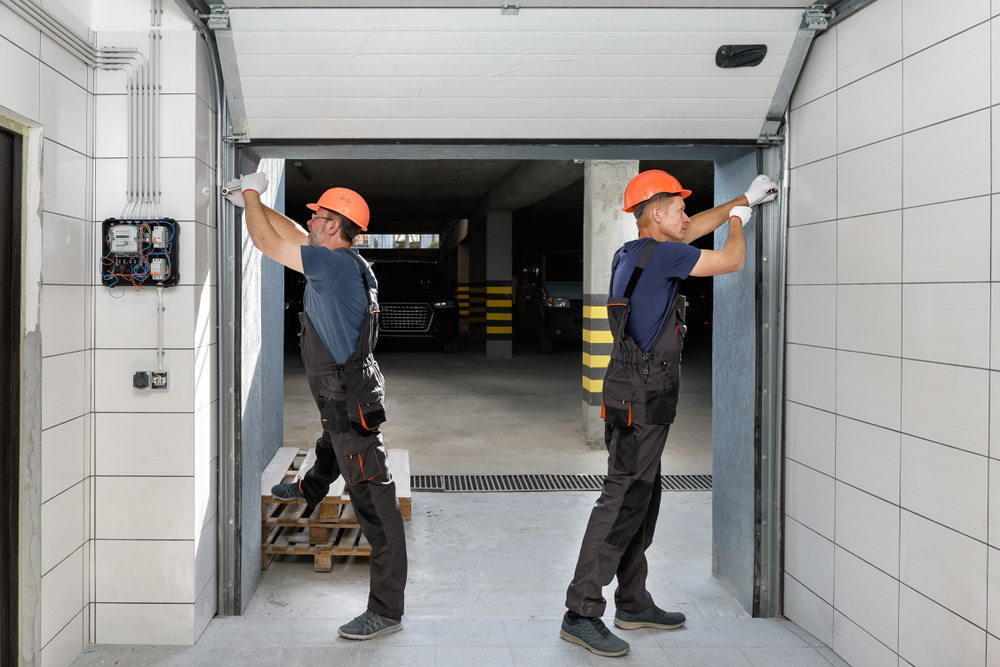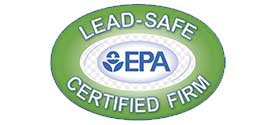
Garage Door Repair: Tips for Insulating Your Garage Door
As one of the largest and often overlooked entry points in a home, the garage door plays a significant role in maintaining energy efficiency and temperature regulation. Whether you use your garage as a workshop, storage space, or even a living area, insulating the door can enhance comfort, reduce energy costs, and protect your belongings. Keep reading to discover the benefits of insulating your garage door, the different insulation options available, step-by-step installation processes, and why it is crucial to hire garage door repair professionals.
Discover the Benefits of Insulating Your Garage Door
Insulating your garage door can provide numerous benefits for both your home and daily life. Firstly, insulation helps regulate temperature, creating a more comfortable environment within your garage. Whether you use your garage as a workshop, storage space, or a place to park your car, insulation can help maintain a consistent temperature throughout the year. This is especially important if your garage is attached to your home, as it can help prevent unwanted heat or cold from seeping into your living spaces, thus reducing the strain on your HVAC system and potentially lowering your energy bills. Insulation also acts as a barrier against noise, reducing the number of outside sounds that enter your garage and, consequently, your home.
Furthermore, insulating your garage door can protect your belongings and vehicles. Extreme temperatures can have a detrimental effect on items stored in your garage, such as paint cans, tools, or delicate equipment. Insulation helps create a stable climate, preventing damage caused by excessive heat or cold. Additionally, if you use your garage to park your car, insulation can help protect it from temperature fluctuations, ensuring that your vehicle starts and runs smoothly, even during extreme weather conditions. Ultimately, by insulating your garage door, you provide an extra layer of protection for your possessions and investments, prolonging their lifespan and reducing the need for any costly garage door repair or replacements in the future.
Different Insulation Options to Consider
When it comes to insulating your garage door, you have several options to consider. One popular choice is reflective foil insulation, which consists of foil and polyethylene bubble layers. This type of insulation effectively reflects heat away from your garage by acting as a barrier against radiation. It’s relatively easy to install and offers a significant reduction in heat transfer, making your garage more energy-efficient. Moreover, it helps regulate the temperature inside, creating a more comfortable environment if you use the garage as a workshop or storage space.
Another option worth considering is rigid foam board insulation. Made from polystyrene or polyurethane foam, this type of insulation provides excellent thermal resistance. It is renowned for its high R-value, which measures its effectiveness in resisting heat flow. Installing rigid foam board insulation on the interior of your garage door offers a durable and long-lasting solution. One notable advantage is its moisture resistance, making it suitable for garages located in humid environments. It also provides soundproofing benefits, reducing noise from external sources like street traffic or lawnmowers.
Mistakes to Avoid When Insulating Your Garage Door
Firstly, overlooking the importance of selecting the right insulation material can lead to subpar results. It’s essential to choose an insulation type suitable for garage doors, such as rigid foam boards or reflective insulation, which offer effective thermal resistance and durability. Ignoring this factor may result in insufficient insulation and compromised energy efficiency. Another common mistake is inadequate preparation before installing insulation. Failing to clean the garage door thoroughly or removing existing weatherstripping can lead to poor adhesion and improper insulation. Take the time to clean the door surface, removing any dirt, grease, or debris. Additionally, ensure that old weatherstripping is properly removed to allow the insulation to adhere securely. By neglecting these preparatory steps, you risk compromised insulation performance and potential damage to your garage door.
Inaccurate measurements are yet another pitfall to avoid when insulating your garage door. The dimensions of your garage door must be accurately measured to ensure a proper fit of the insulation material. Taking imprecise measurements can result in gaps or overlaps, undermining the insulation’s effectiveness and leaving room for air leakage. Carefully measure the height, width, and thickness of the door panels before cutting and installing the insulation. This attention to detail will contribute to a tight seal and optimal thermal performance. Lastly, neglecting proper installation techniques can render your insulation efforts ineffective. Improperly attaching the insulation material or failing to secure it tightly can cause it to sag, shift, or detach over time. Follow the manufacturer’s instructions carefully, using appropriate adhesive or fasteners to affix the insulation securely to the door panels. Pay attention to sealing any gaps or seams to prevent air leakage.
Why Garage Door Repair Professionals Should Do the Insulation
Firstly, garage door professionals have the knowledge and experience to assess your specific needs and recommend the most suitable insulation materials and techniques. They understand the intricacies of garage door construction and can identify potential gaps or areas prone to heat transfer. Having been greatly involved in Bakersfield garage door repair projects, Bakersfield garage service professionals can ensure proper installation, minimizing the risk of air leaks and heat loss, ultimately saving you money on energy bills.
Moreover, garage door repair Bakersfield professionals possess the necessary tools and equipment to carry out the insulation process efficiently and effectively. They are well-versed in the proper handling and installation of insulation materials, ensuring optimal results. Equally, professionals are trained to handle any challenges that may arise during the process, guaranteeing a smooth and hassle-free insulation experience.
How to Maintain Your Newly Insulated Garage Door
First and foremost, regularly clean the surface of the door using a mild detergent and water solution, avoiding abrasive cleaners that may damage the insulation. Gently scrub away any dirt or grime using a soft cloth or sponge, and rinse thoroughly. Inspect the weatherstripping and seals around the door for signs of wear or damage, as these components play a crucial role in preventing drafts and moisture intrusion. Replace any worn-out weatherstripping promptly to maintain energy efficiency.
Secondly, lubricate the moving parts of the garage door to reduce friction and promote smooth operation. Apply a silicone-based lubricant to the hinges, rollers, and tracks, ensuring they are properly lubricated but not overly greased. Regular lubrication helps prevent rust and corrosion, allowing the door to operate quietly and efficiently. Inspect the insulation panels for any signs of damage, such as cracks or gaps, and repair them promptly. If the insulation material becomes compressed over time, consider adding additional insulation to maintain the door’s thermal efficiency.










